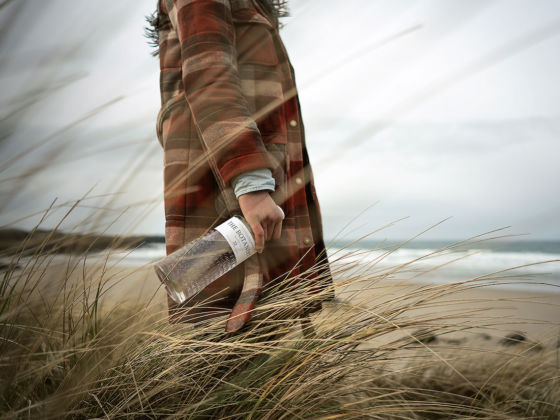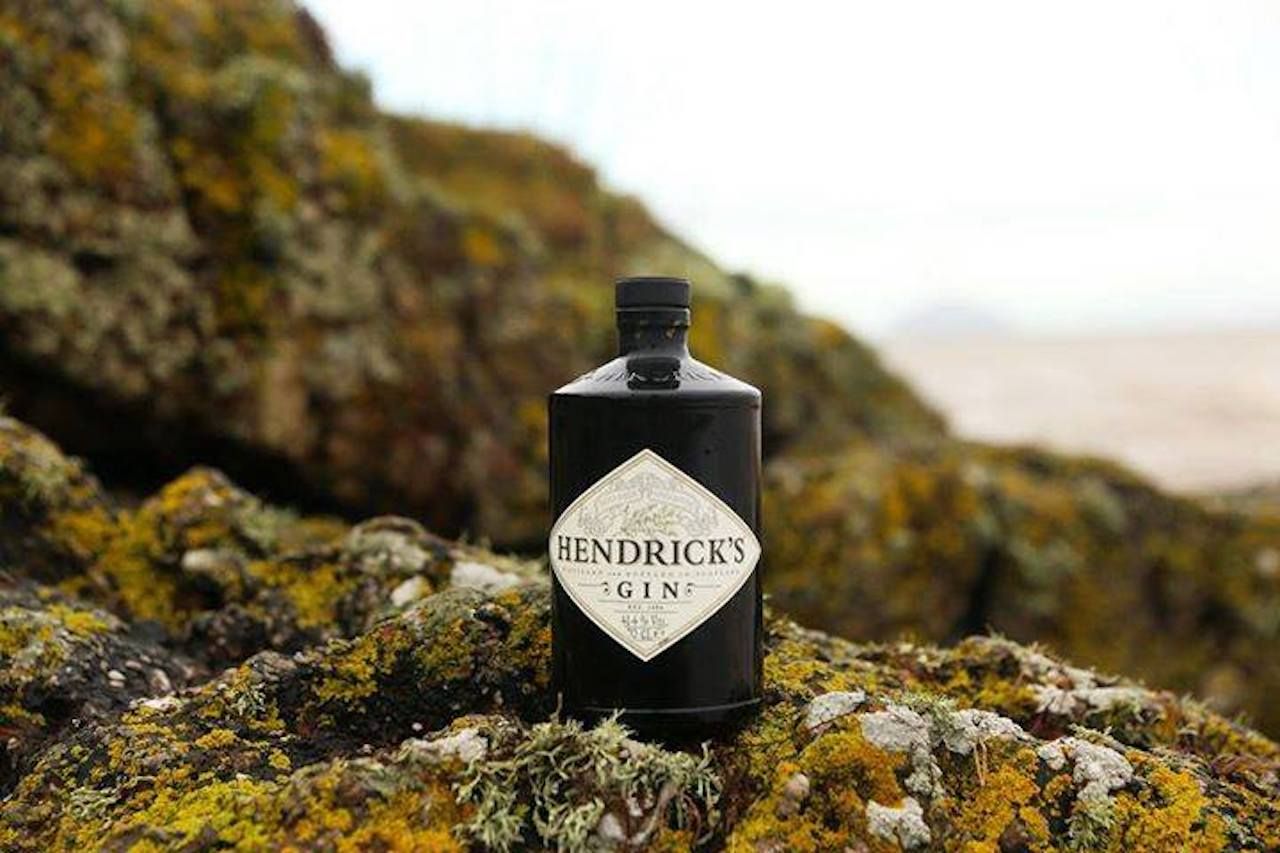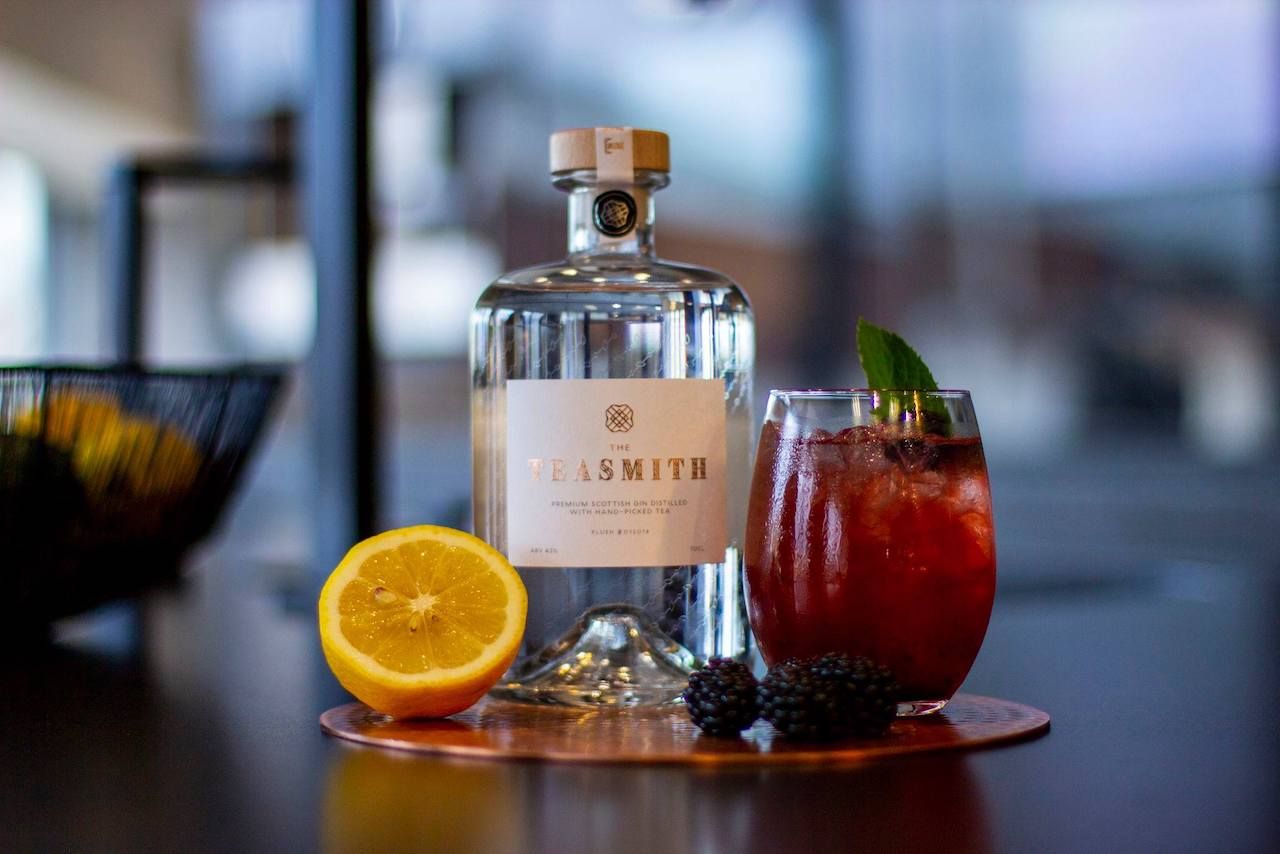Often, when drinkers think about the origin of their favorite gin, they think about England. The country created and popularized London Dry, which is arguably the most famous gin style. Yet just north in Scotland, some of the world’s best gin is being produced in the shadow of the region’s whisky scene.
Scottish distillers have made gin for centuries, and Scottish people have long enjoyed it. But before the Scottish gin industry came of its own, it was supplementing the gin distilleries of England. “As far back as the 19th century, many would supply London distillers with the raw spirit for the creation of gins bearing famous London names,” said Lesley Gracie, the master distiller at Scotland-based Hendrick’s Gin who is responsible for creating the first Hendrick’s recipe.




